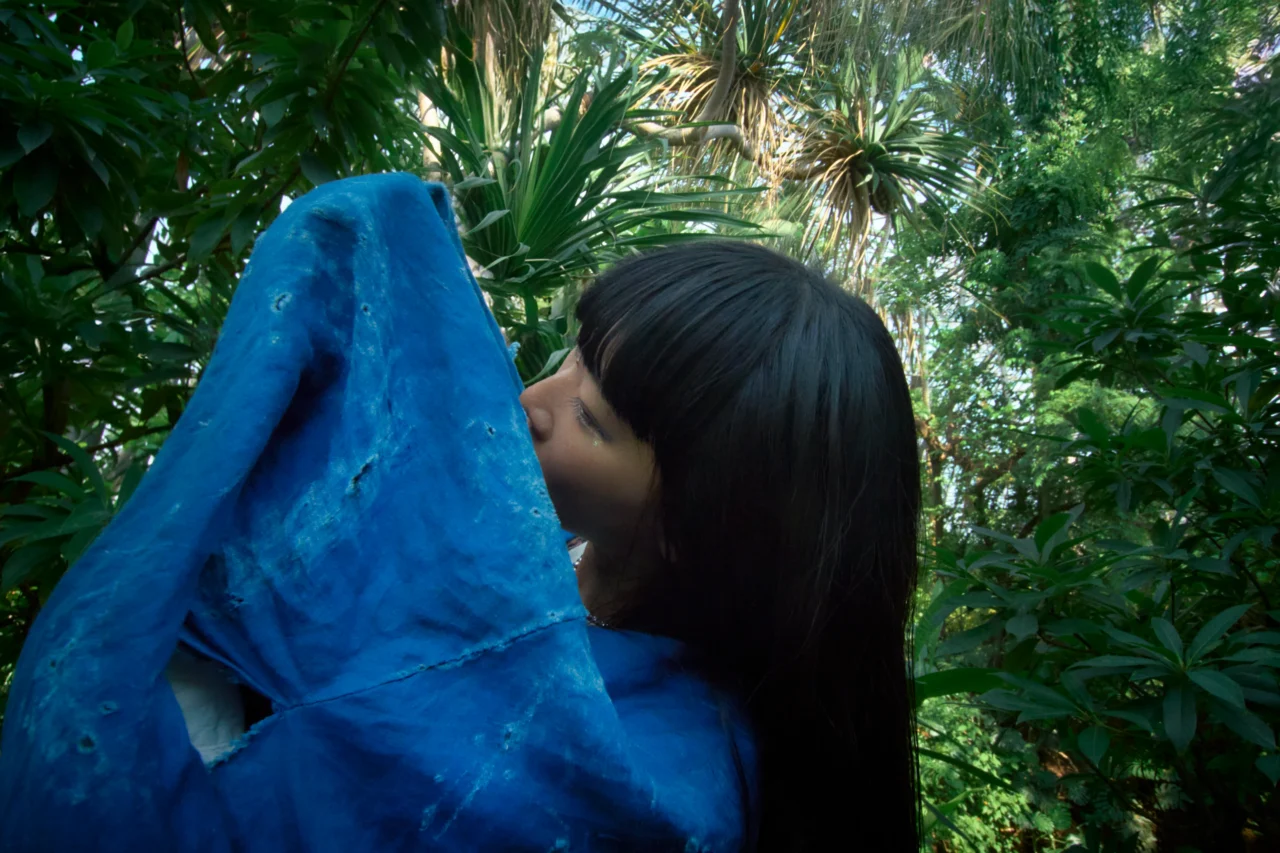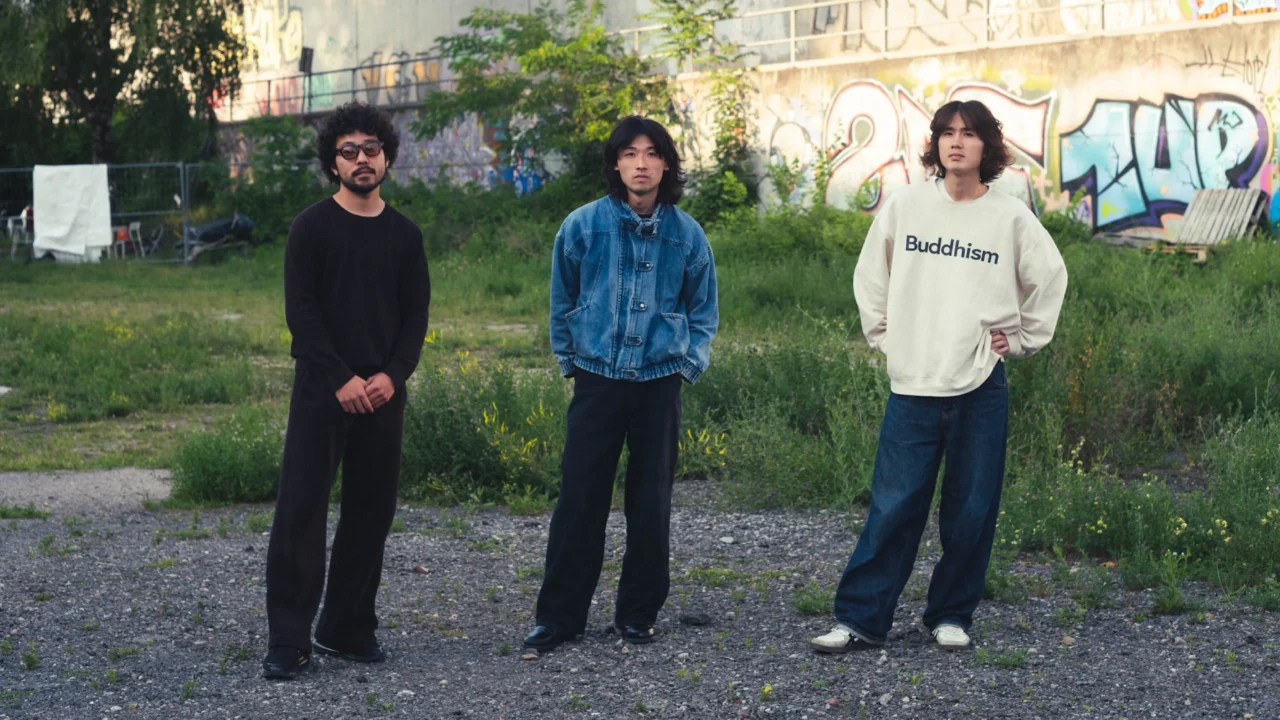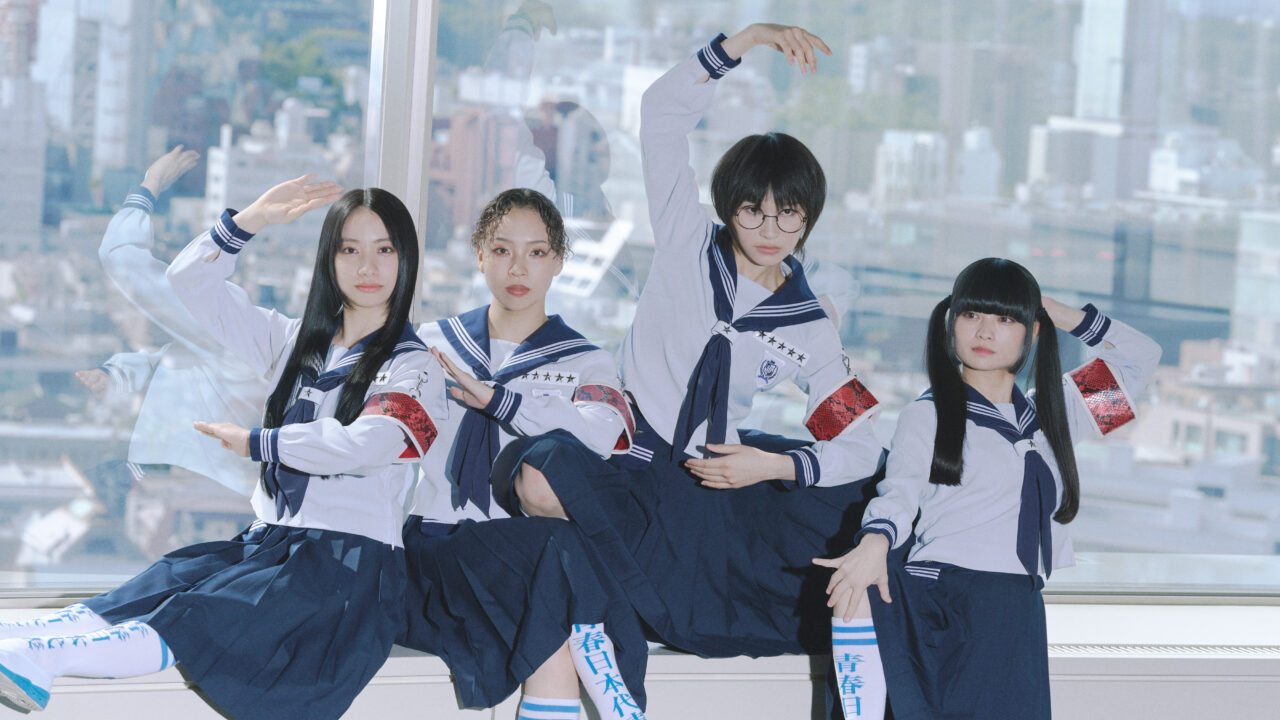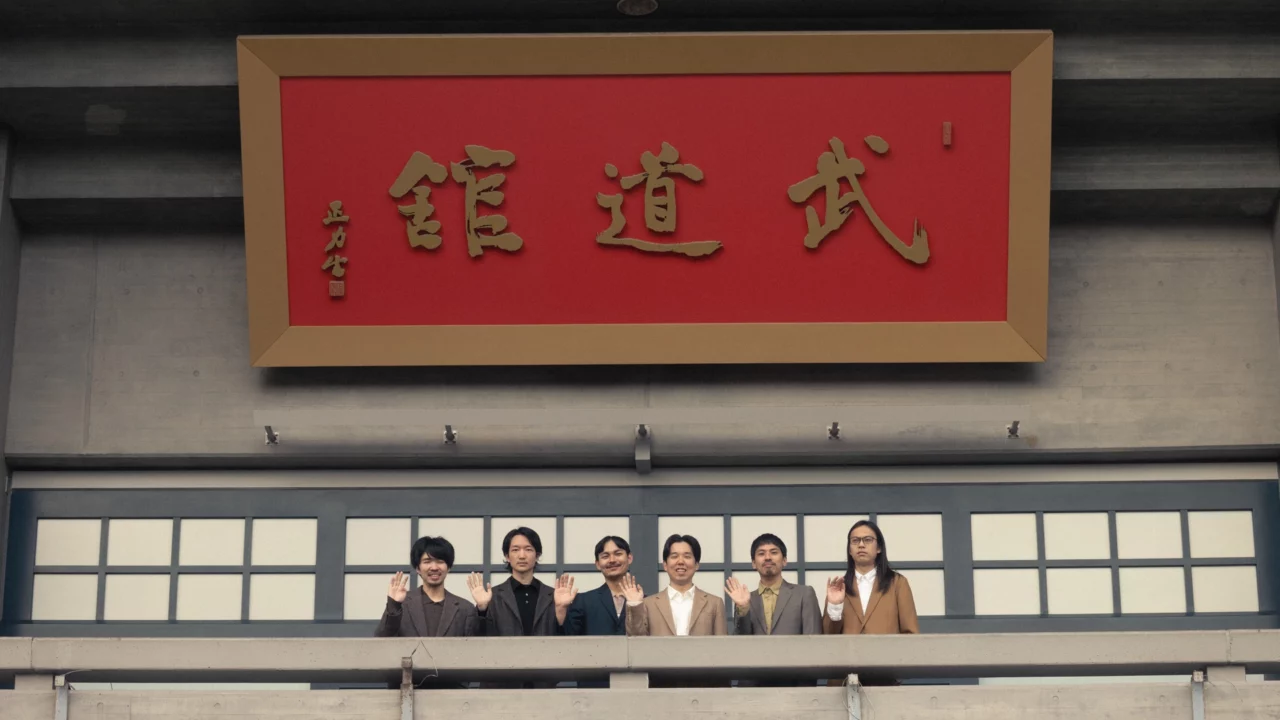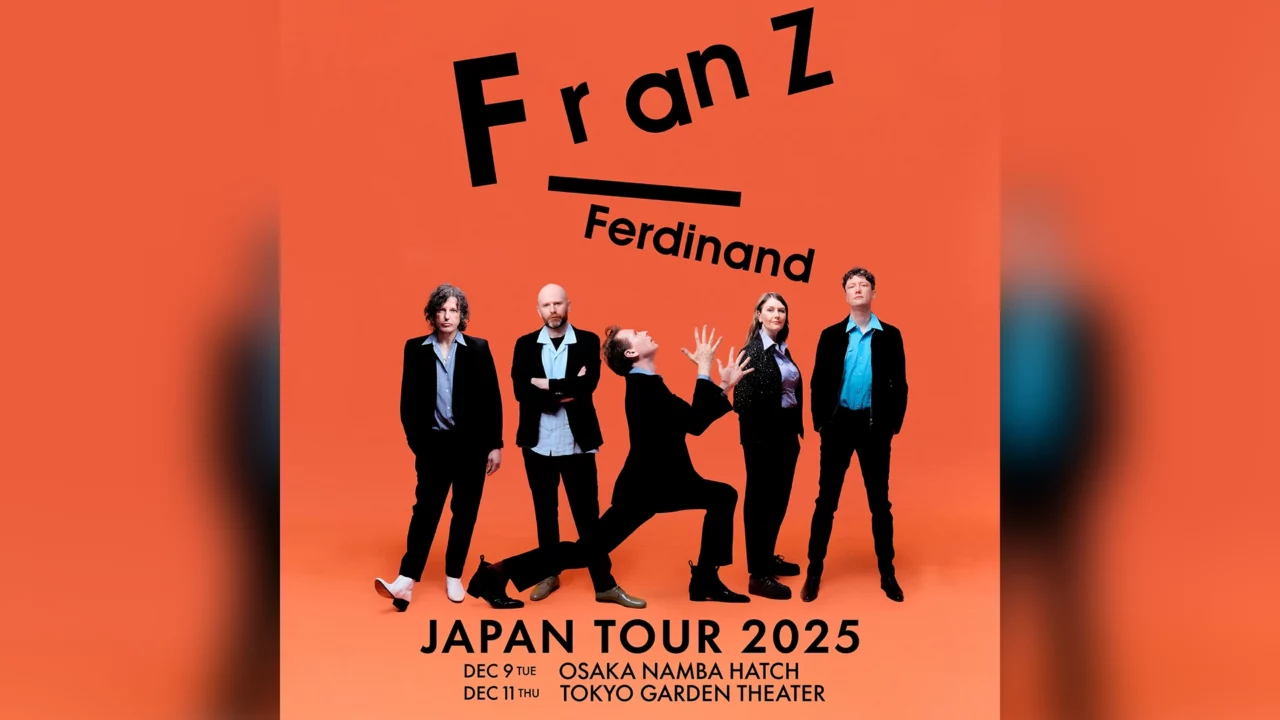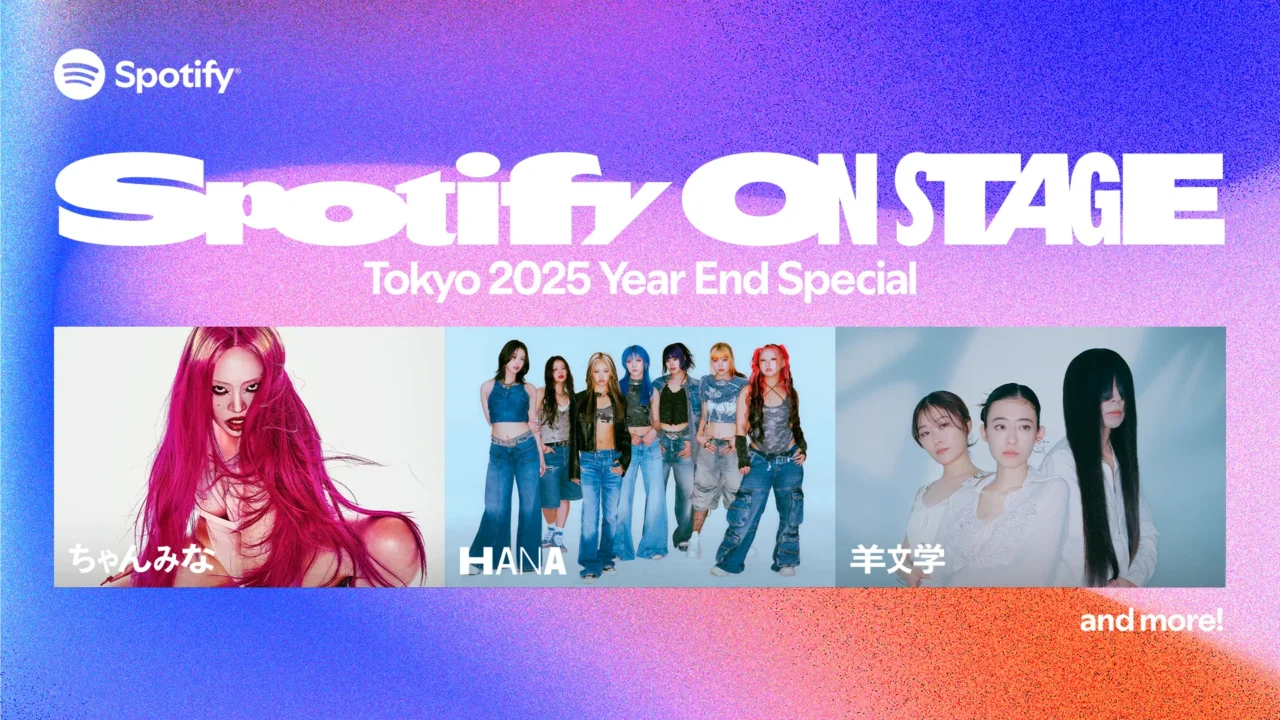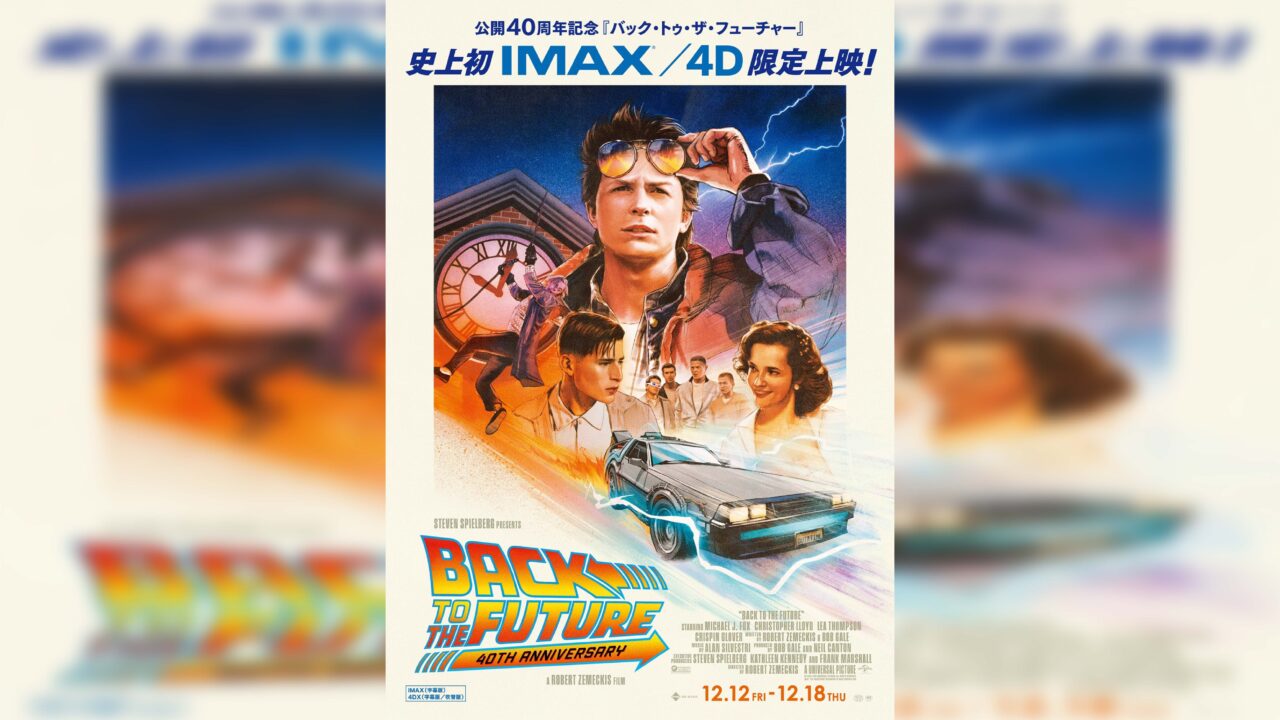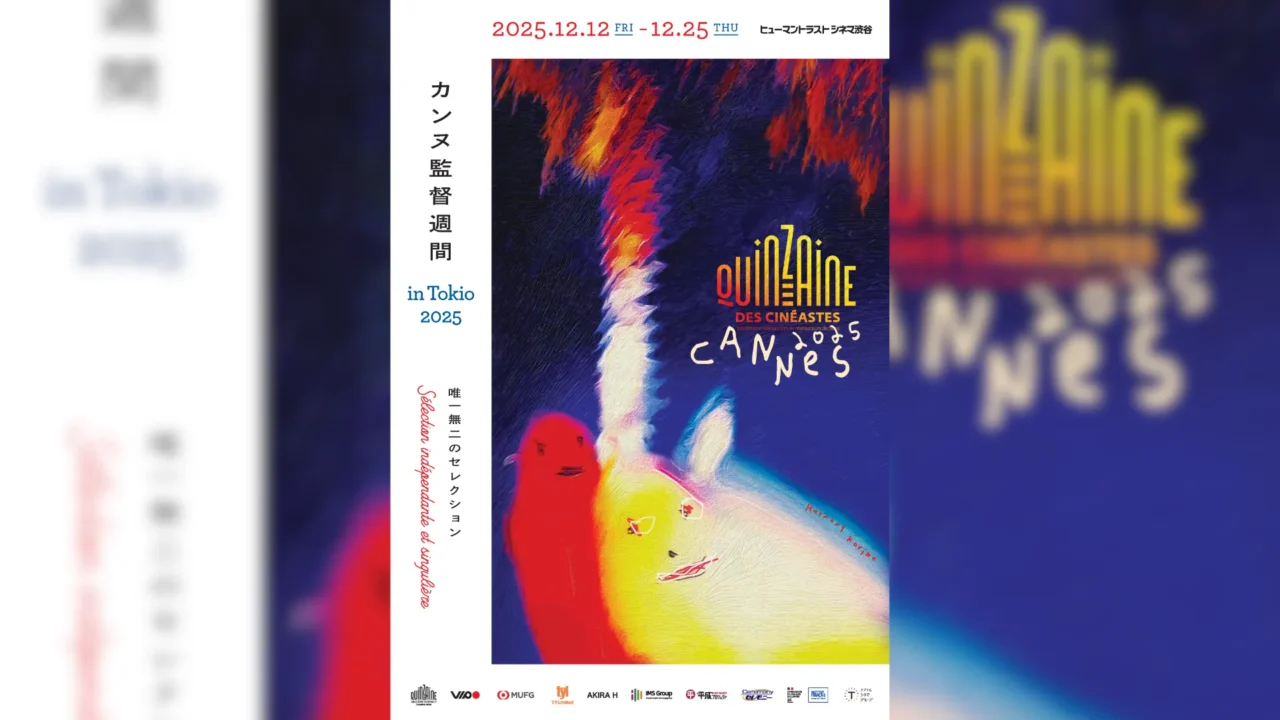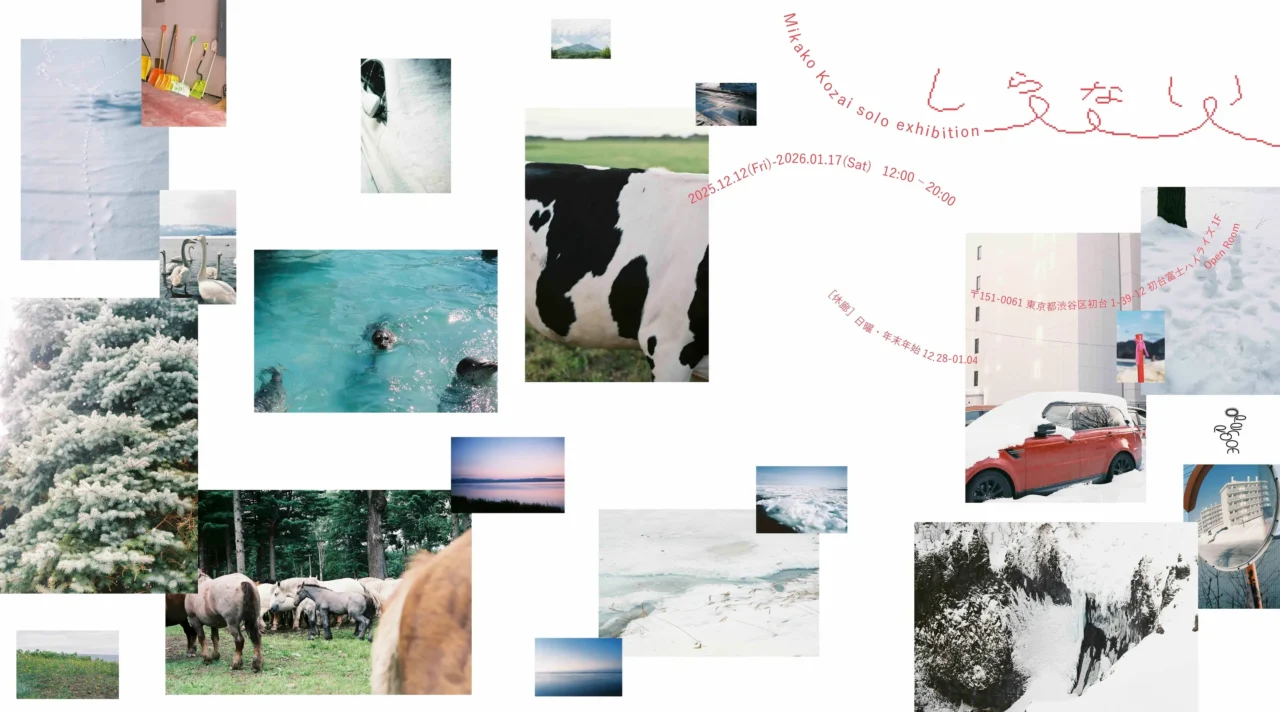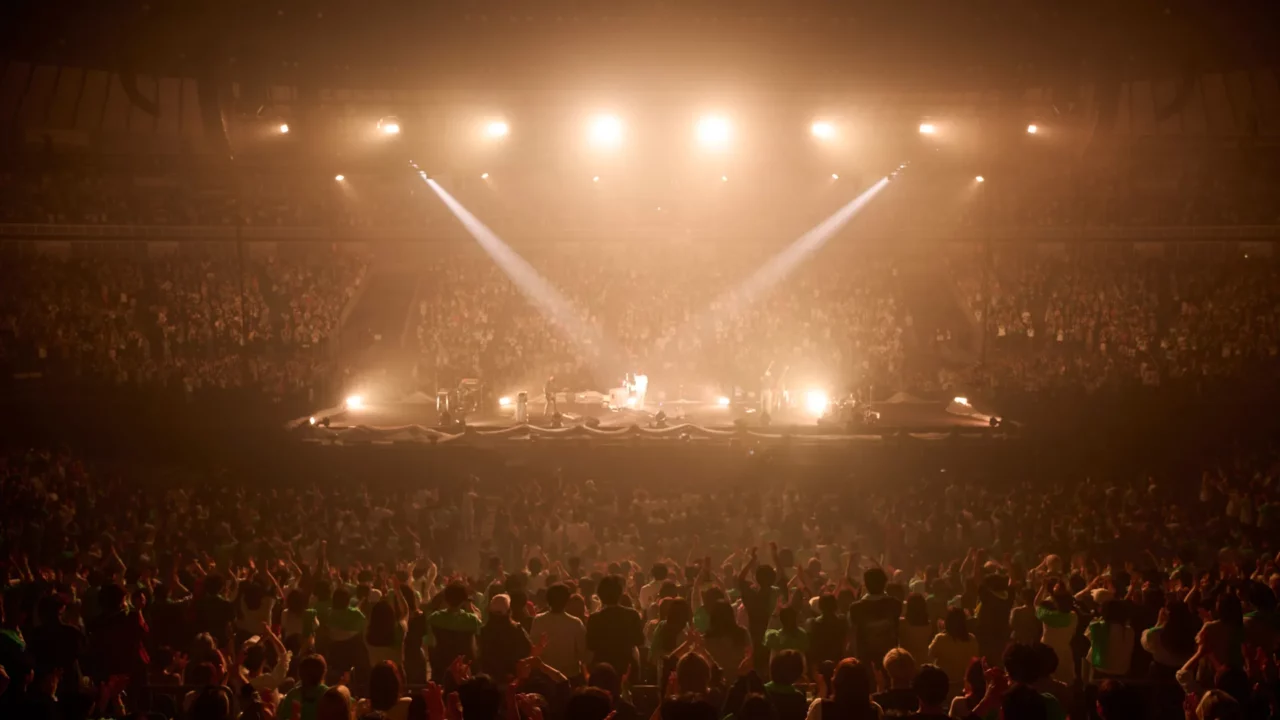INDEX
Engaging the Audience: Crafting an Approach
-Did you notice any changes in performance between the first and last days of the tour? Did your approach to engaging the American audience evolve over the course of the tour?
Abe: It was interesting to see the reactions to upbeat songs at Japanese concerts sometimes being unexpectedly subdued, while there were moments when unexpected songs received a great response. Due to a shortage of songs, we performed “Natsu ga Sousaseta” by Neva Yan, which is a slower-paced song, during this tour. However, what stood out was that the audience there would cheer and get excited at the moments when the tempo changed within the song. It was a discovery of reactions opposite to those in Japan, which could influence future songwriting.

–Your work features a tropical sound with Japanese elements incorporated, and one can feel the influence of Haruomi Hosono. It’s cheerful yet somewhat exotic. How did the local audience react to such music? Were there people who came to the shows expecting music similar to that of Hosono?
Abe: During this tour, we covered Haruomi Hosono’s “Fuyu Goe,” and before performing it, I introduced it as, “Next is a cover of Haruomi Hosono’s ‘Fuyu Goe,'” and both older and younger audience members got really excited. There were even people shouting, “Haruomi Hosono!!!” [laughs]. When we performed in Lowell, a small town, we had the fewest audience members, around 30 or 40 people, but they bought a lot of merchandise. When I talked to an older gentleman at the venue, he said he found me on Spotify through Haruomi Hosono. He truly has an amazing influence.
-I believe it was a tight schedule, visiting 11 cities in 13 days. Were there any challenges during the tour?
Abe: The second and third days were the toughest for me. The schedule of performing 12 times in about two weeks was tight. Everything was different, and of course, I got nervous. There were days without a dressing room, and days where we shared one, so I couldn’t quite settle in because everything was unfamiliar. Since I don’t speak much English, I couldn’t laugh off mistakes in performance as I normally would, so at first, I kept telling the band members, “Please make no mistakes” [laughs].
– How did you get over it?
Abe: From around the fourth day, I started to enjoy myself. The schedule was so packed that I didn’t have time to feel like I was actually in America; all I could think about was leaving a lasting impression with great performances. Now that some time has passed, I find myself wanting to go back again, and I’m savoring the fun that comes from dealing with inconveniences. It was the first time I spent so much time with the support members, and I was nervous about it, but it turned out to be a great experience, including learning how to laugh off mistakes gradually. Every moment, even offstage, was spent thinking about the next show, so it was truly an intense time. I still remember feeling frustrated by the few audience members who seemed uninterested and thinking, “I’ll definitely do this again,” (laughs). Maybe this environment suited me because I’m the type who gets bored without a sense of tension or excitement.

-“The language barrier” is an unconscious embarrassment that Japanese people tend to feel, but music can overcome it. Did you experience moments where you felt the language barrier?
Abe: I find the language barrier intriguing because it highlights differences. In a country like America with various ethnicities and races, being Japanese by chance, I believe we have to leverage Japan’s strengths. I think there must be walls on their side too that they can’t overcome, precisely because there’s a barrier. When I asked DYGL’s Shimonaka (Yosuke) and kamoto (Kohei), who usually sing in English, for their honest opinions, they said, “it’s totally fine” about singing in Japanese. When you fit Japanese words into musical notes, it’s easy for songs to sound similar, but I realized that depending on the approach, Japanese could work just as well.







